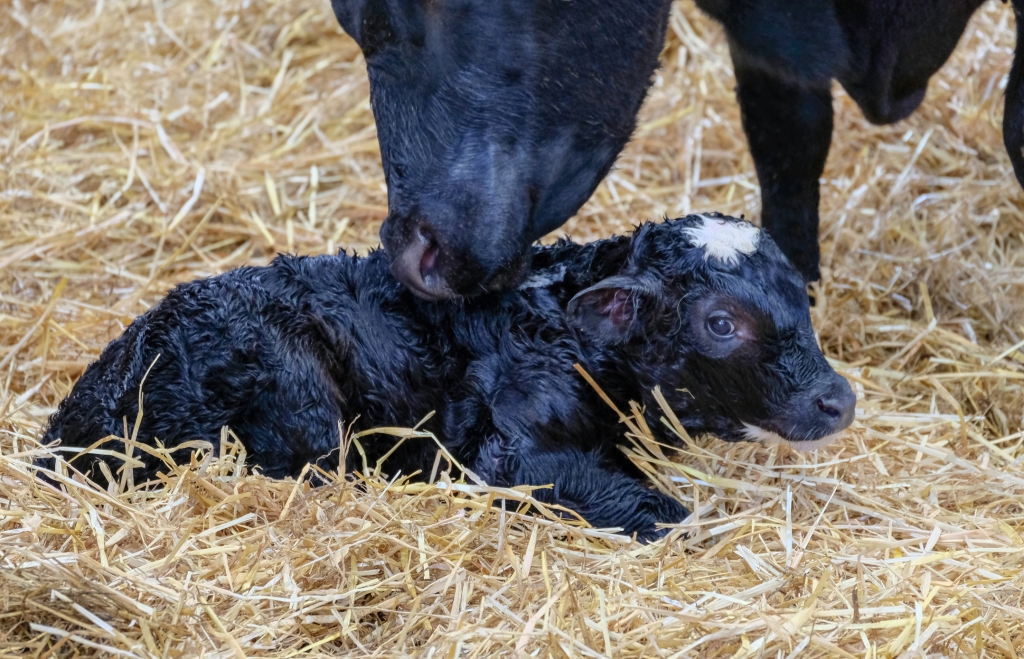
Is There A ‘query’ Over Q Fever With Your Clients?
Ceva Animal Health, manufacturer of Coxevac®, has launched national Q fever surveys amongst both vets and farmers to ascertain their thoughts on the disease and current protocols.
It is hoped that the grassroots surveys will help Ceva to better understand the impact of Q fever on livestock health, welfare and productivity and assess awareness amongst both vets and farmers.
The National Q Fever Survey for vets is approximately two minutes long and can be carried out by visiting www.smartsurvey.co.uk/s/ZCONJA/. A prize draw will be carried out after the survey closes with 10 lucky participants winning a Q fever snood.
Renzo Di Florio, veterinary advisor at Ceva Animal Health, comments: “Despite Q fever being endemic in GB dairy herds1, we believe that awareness amongst farmers and the related farming industries is low. Our national Q fever surveys will help us ascertain how we can support farmers and vets when it comes to diagnostic challenges, treatment options and prevention through vaccination to help protect farmers, farming families and the related professions from the disease and reduce the impact of Q fever on farms.”
Jonathan Statham MA VetMB DCHP FRCVS, a RCVS registered specialist in cattle health, co-author of the ‘Dairy Herd Health’ textbook and chief executive of RAFT Solutions, adds: “Multiple surveys in the UK support Q fever prevalence ranging from 60 to 80% in our national dairy herd, including recent work carried out by RAFT Solutions in NE England and SW England (2021)2. Reproductive issues are of course multifactorial and it is important therefore not to associate a Q fever positive diagnostic result as a single cause of infertility. However, increased level of metritis and endometritis, abortion and pregnancy loss or extended calving-conception intervals merit further investigation with Q fever as part of a herd health discussion that should of course address other infectious disease such as BVD, IBR or leptospirosis. Q fever is of further significance as a zoonosis and also as a potentially emerging disease in the context of climate change and changing vector patterns.”
To support vet practices wishing to highlight awareness of Q fever amongst their clients, Ceva has launched a social media toolkit containing social media graphics and content on the disease that can be posted on vet practice social media channels. Ranging from posts covering how it is spread, to clinical signs to look out, diagnostic challenges and management and biosecurity, the social media posts will be available for use from the end of November and can be obtained by contacting a vet practice’s local Ceva account manager.
For further information on Q fever please contact your local Ceva account manager or visit www.qfever.co.uk.
References
- Velasova M. et al. 2017. Herd-level prevalence of selected endemic infectious diseases of dairy cows in Great Britain. J. Dairy Sci. 100:9215–9233
- RAFT Solutions, data on file
More from Ceva
- Collaborative effort to strengthen Singapore’s preparedness against avian influenza
- Ease Pet Anxiety This Fireworks Season with Ceva's Vet-Approved Solutions
- Ceva and International Cat Care launch season 2 of cat handling training videos
- Ceva launches service to highlight the cost of infertility linked to Q fever
- Are vets and farmers under-using pain relief in dairy cows?

 3 years ago
3 years ago  1490 views
1490 views
